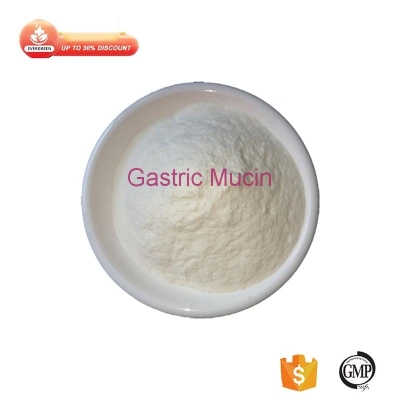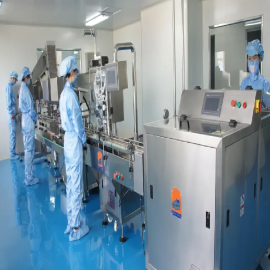-
Categories
-
Pharmaceutical Intermediates
-
Active Pharmaceutical Ingredients
-
Food Additives
- Industrial Coatings
- Agrochemicals
- Dyes and Pigments
- Surfactant
- Flavors and Fragrances
- Chemical Reagents
- Catalyst and Auxiliary
- Natural Products
- Inorganic Chemistry
-
Organic Chemistry
-
Biochemical Engineering
- Analytical Chemistry
- Cosmetic Ingredient
-
Pharmaceutical Intermediates
Promotion
ECHEMI Mall
Wholesale
Weekly Price
Exhibition
News
-
Trade Service
3,3-Bis(4-hydroxyphenyl)phthalide, commonly known as resorcinol, is a white crystalline solid that is used in various industrial applications.
This compound is commonly synthesized through several methods, each with its own unique advantages and disadvantages.
In this article, we will explore the synthetic routes of 3,3-Bis(4-hydroxyphenyl)phthalide in the chemical industry.
One of the most common methods of synthesizing resorcinol is through the hydrolysis of salicylic acid.
This method involves the conversion of salicylic acid, a known precursor, into resorcinol through a series of hydrolytic reactions.
The process typically involves the addition of water to salicylic acid, which is then catalyzed by an acid catalyst such as sulfuric acid.
The resulting product is then purified and dried to obtain pure resorcinol.
Another commonly used method for the synthesis of resorcinol is through the reduction of resorcinol-sulfate.
This method involves the conversion of resorcinol-sulfate, a salt-like compound, into resorcinol through the use of a reducing agent such as hydrogen gas.
The process typically involves the suspension of resorcinol-sulfate in a solvent, such as water or ethanol, and the addition of hydrogen gas under pressure.
The resulting product is then purified and dried to obtain pure resorcinol.
In addition to the above methods, resorcinol can also be synthesized through the condensation of formaldehyde and phenol.
This method involves the reaction of formaldehyde and phenol in the presence of a condensation agent such as sodium hydroxide.
The resulting product is then purified and dried to obtain pure resorcinol.
In recent years, there has been a growing interest in the development of more sustainable and environmentally friendly methods for the synthesis of resorcinol.
One such method is the use of microwave irradiation as a means of accelerating the reaction.
This method has been shown to significantly reduce the reaction time and increase the yield of resorcinol, while also reducing the amount of toxic reagents used in the process.
Another sustainable method for the synthesis of resorcinol is the use of biotechnology.
This method involves the use of microorganisms, such as bacteria or yeast, to convert precursor molecules into resorcinol.
This process is typically carried out in a bioreactor, and the resulting product is then purified and dried to obtain pure resorcinol.
In conclusion, there are several synthetic routes for the synthesis of resorcinol, each with its own unique advantages and disadvantages.
While some methods may be more cost-effective or produce higher yields, other methods may be more sustainable or environmentally friendly.
As the chemical industry continues to evolve, there is likely to be a growing interest in the development of more sustainable and environmentally friendly methods for the synthesis of resorcinol and other compounds.







